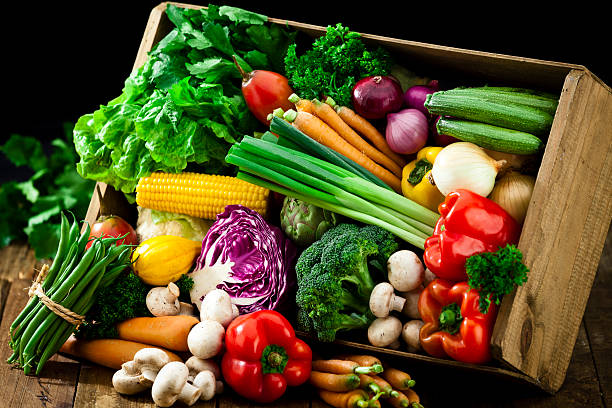The assimilation cycle is a perplexing series of occasions that separates the food you eat into supplements your body can retain and use for energy, development, and fix. By and large, the whole absorption cycle can take somewhere in the range of 24 to 72 hours, contingent upon different factors, for example, the kind of food ate, individual digestion, and in general stomach wellbeing.
Phases of Absorption
Biting and Gulping (Seconds to Minutes)
Absorption starts in the mouth, where food is separated precisely by biting and artificially by catalysts in spit. Once gulped, food goes down the throat to the stomach, which requires a couple of moments.
Stomach Absorption (2 to 4 Hours)
In the stomach, food is blended in with gastric juices to frame a semi-fluid substance called chyme. Proteins and fats start to separate here. The time food spends in the stomach relies upon its creation:
- Sugars: 1-2 hours
- Proteins: 2-3 hours
- Fats: 3-4 hours
- Small Digestive system Ingestion (4 to 8 Hours)
The small digestive system is where the greater part of the supplements are ingested. Compounds and bile from the pancreas and liver assist with separating the chyme further. Processing in the small digestive tract requires a few hours, with fats and proteins taking more time to process than straightforward starches.
Digestive organ Handling (As long as 24 Hours or More)
Any undigested food and fiber move into the internal organ, where water and minerals are assimilated. Gainful microbes in the colon assist with aging fiber, delivering short-chain unsaturated fats and gases. This stage can last 12-24 hours, contingent upon individual gut propensities.
Factors That Influence Assimilation Time
Kind of Food
Basic carbs like foods grown from the ground digest rapidly, frequently inside a couple of hours. Protein-rich food sources like meat and dairy, as well as greasy food sources, take more time to separate.
Hydration and Fiber Admission
Sufficient water and fiber can assist food with traveling through the intestinal system all the more productively. Fiber-rich food sources like entire grains and vegetables advance stomach motility.
Digestion and Ailments
An individual’s metabolic rate and stomach wellbeing essentially influence processing. Conditions like touchy gut disorder (IBS), blockage, or Crohn’s sickness can dial back absorption, while issues like the runs can speed it up.
Active work
Standard activity can invigorate the stomach related framework, assisting food with moving all the more proficiently through the stomach.
Key Focus points
While absorption times change, the overall timetable is:
Mouth to stomach: Minutes
Stomach to small digestive system: 4-8 hours
Small digestive tract to internal organ: As long as 24 hours


